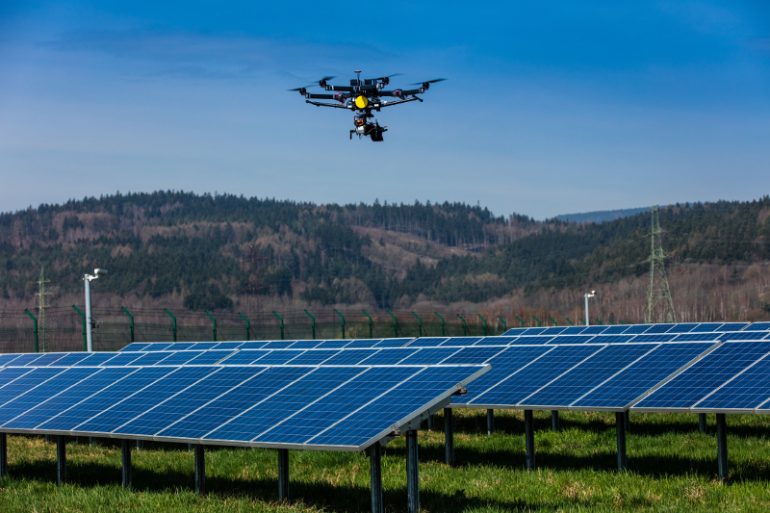With advancements in technology, the Solar industry has undergone remarkable developments and innovations to ensure a smooth and failure-proof operation of solar plants. While several technologies have impacted the Solar industry by bringing about greater durability, more efficiency, as well as a high return on investment, the use of thermal imaging is one of the most popular choices. This technology provides a fast, simple and reliable method to evaluate the Solar Plant’s performance, both during and after the installation.
Detecting Faults through Thermal Imaging
With an increase in temperatures, the solar panels become less efficient and generate lesser energy. They may even get damaged with some defects causing them to break down or generate a reverse current, which may, in turn, damage the entire Solar Plant. Thermal Imaging can help detect any presence of hot spots on the panels. They can be used to inspect entire solar systems; from panels to connections, fuses, inverters and all components of the system. This makes it substantially easier to detect faults on the panels before they cause any devastating breakdowns.
Types of Defects
There are three major types of defects that can be identified using aerial Thermal Imaging:
Module defects: These defects include distinct hot spots formed on the panel cells, diode failures, coating, and fogging issues, junction box heating and dirty or shattered modules.
String and system defects: These defects include wiring issues such as frayed cables and reversed polarity, inverter and fuse failures, and charge controller problems.
Types of Defects
Racking and balance of system defects: These defects comprise of major issues in the mounting and structure of the modules.
Most of these faults result in the formation of hot spots which are caused in places with increased recombination of electrons that release energy. This energy is radiated into space as heat and can be detected through Thermal Imaging. If left unresolved, these spots can cause excessive heating that may lead to irreversible damage to the defective cell, and subsequently the entire solar panel.
Conclusion
Thermal Imaging enables a swift localization of any potential defects at the cell and module level. It also allows timely identification of possible electrical interconnection problems. Unlike other methods, Thermal inspections can easily be performed under normal operating conditions over large areas without the need for a complete plant shutdown. Thermal Imaging has proven to help improve the Plant’s yield and cost-efficiency.




